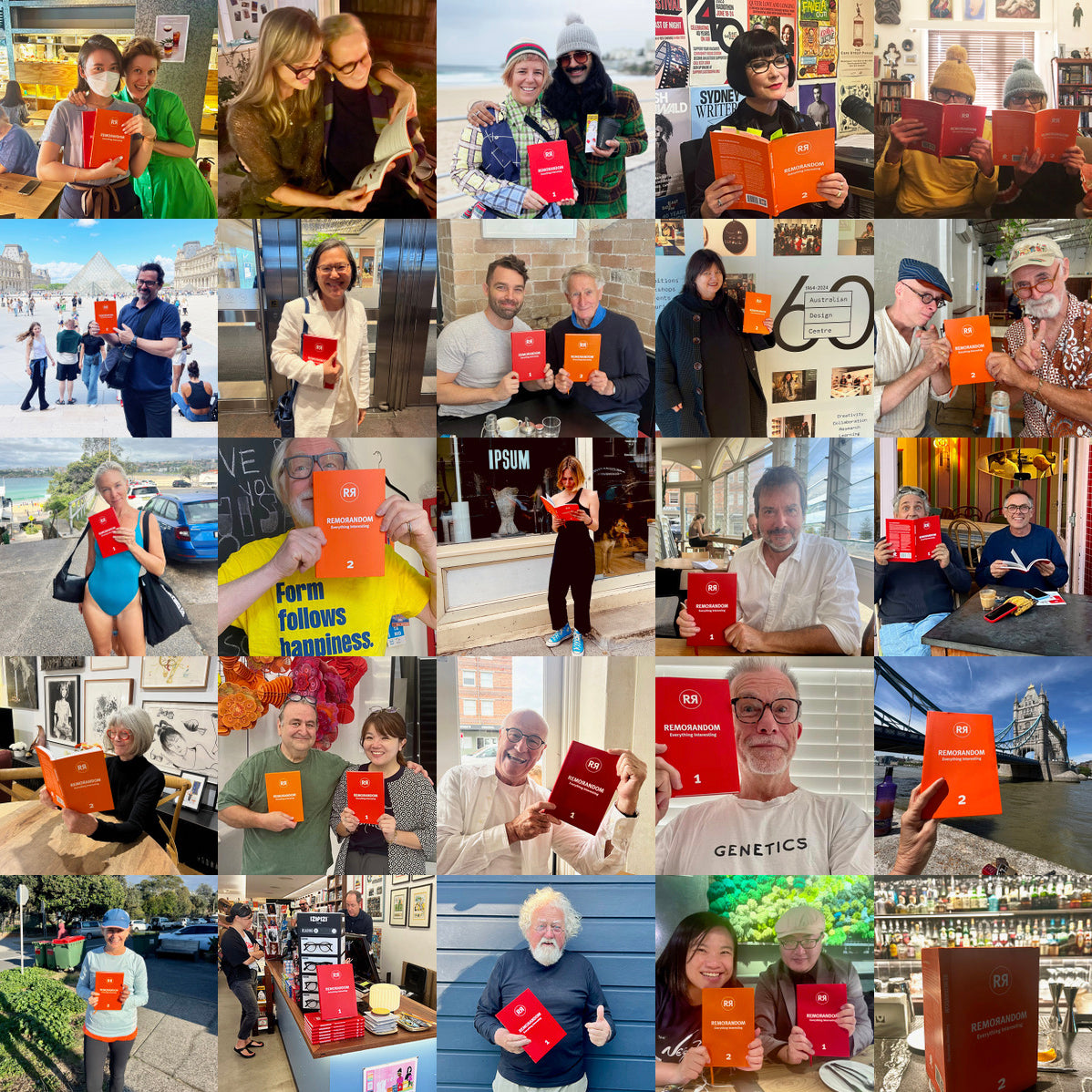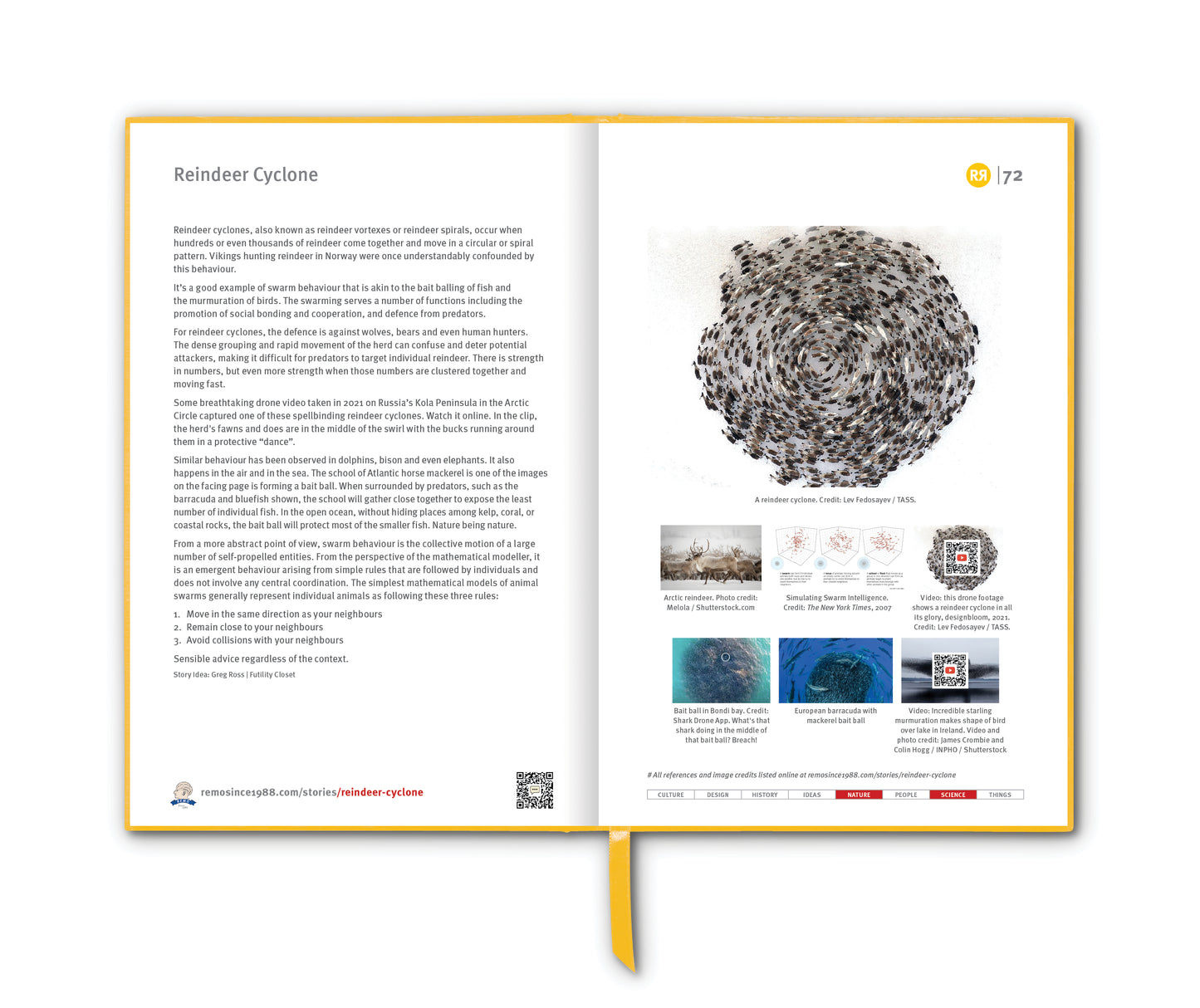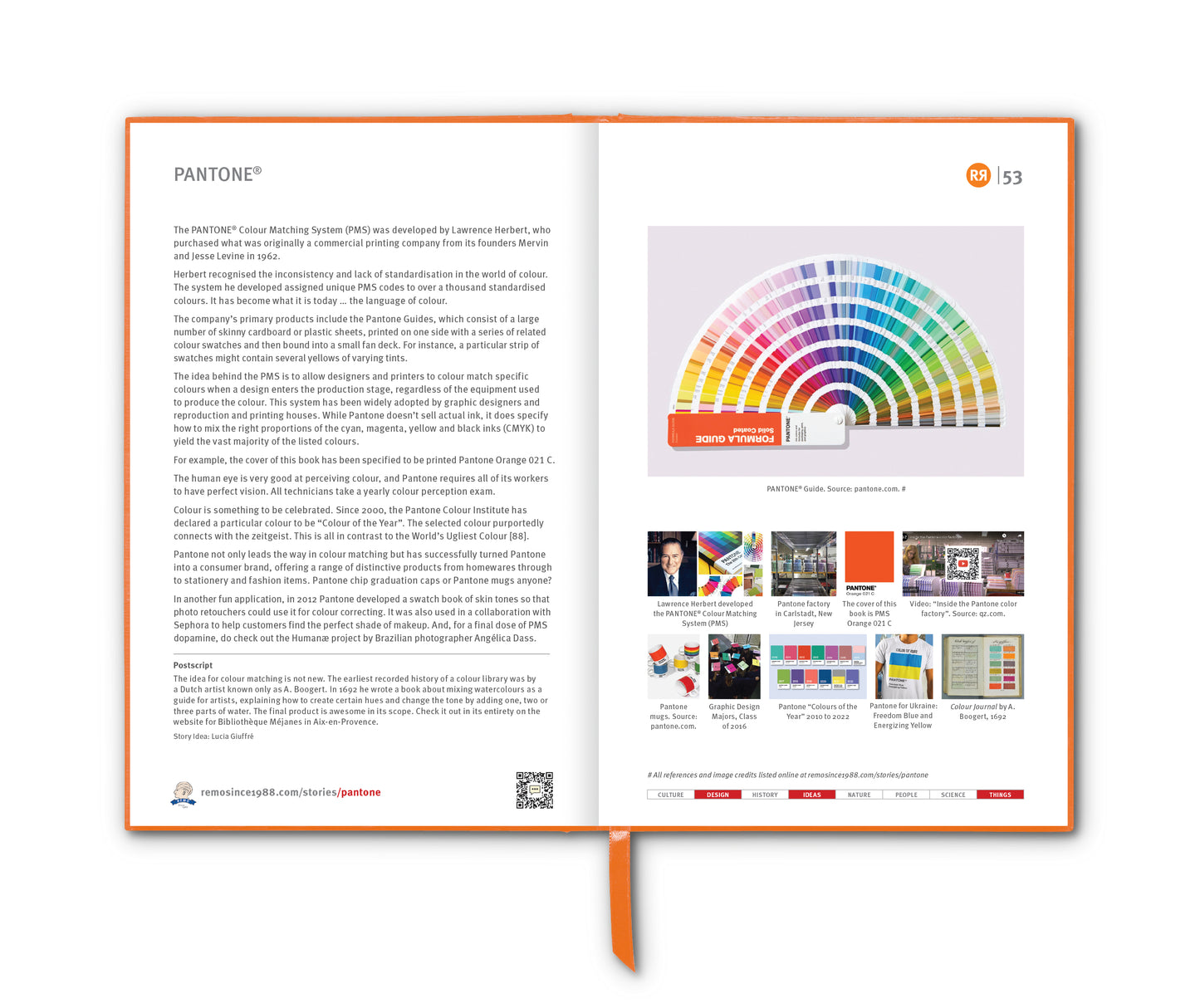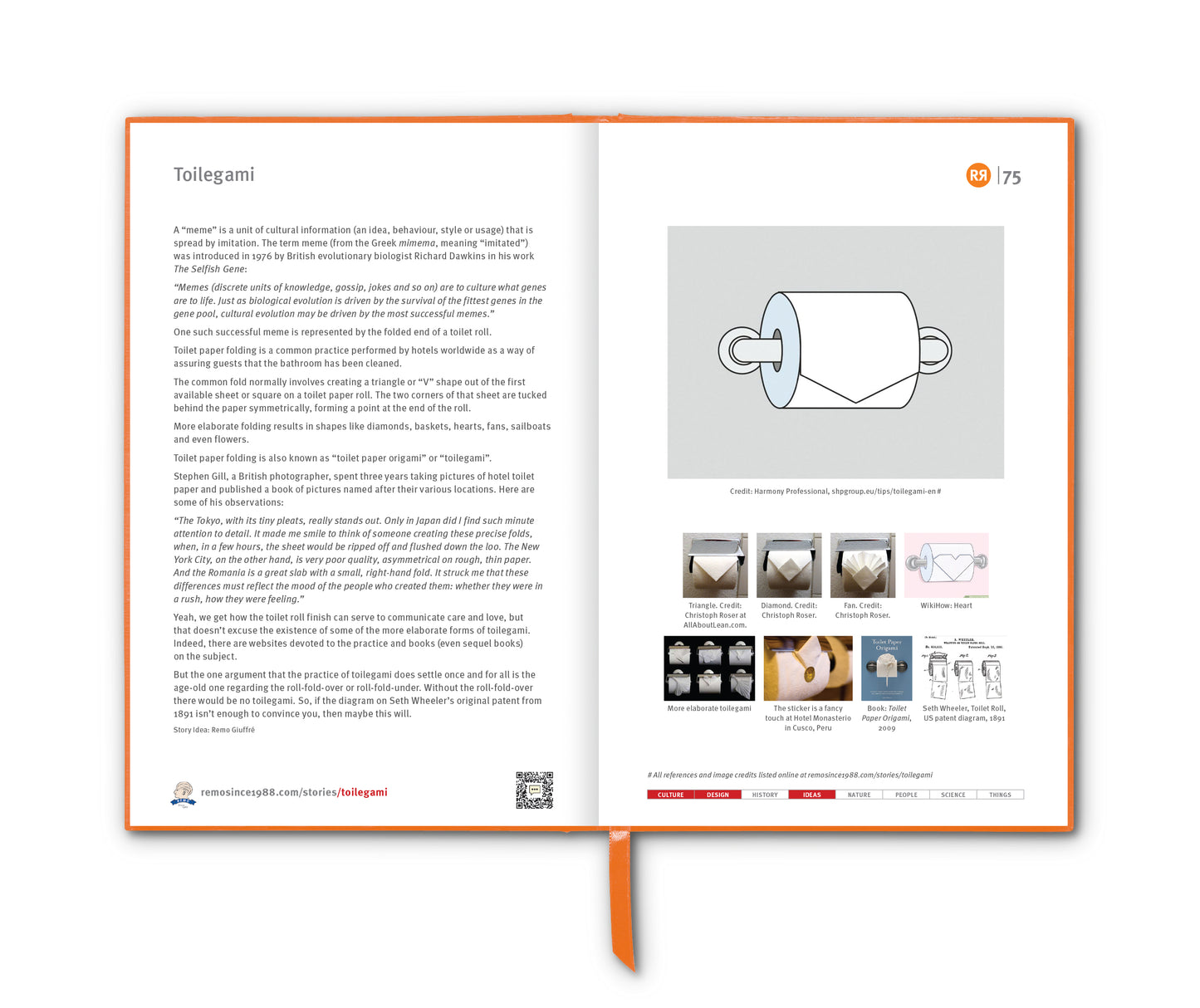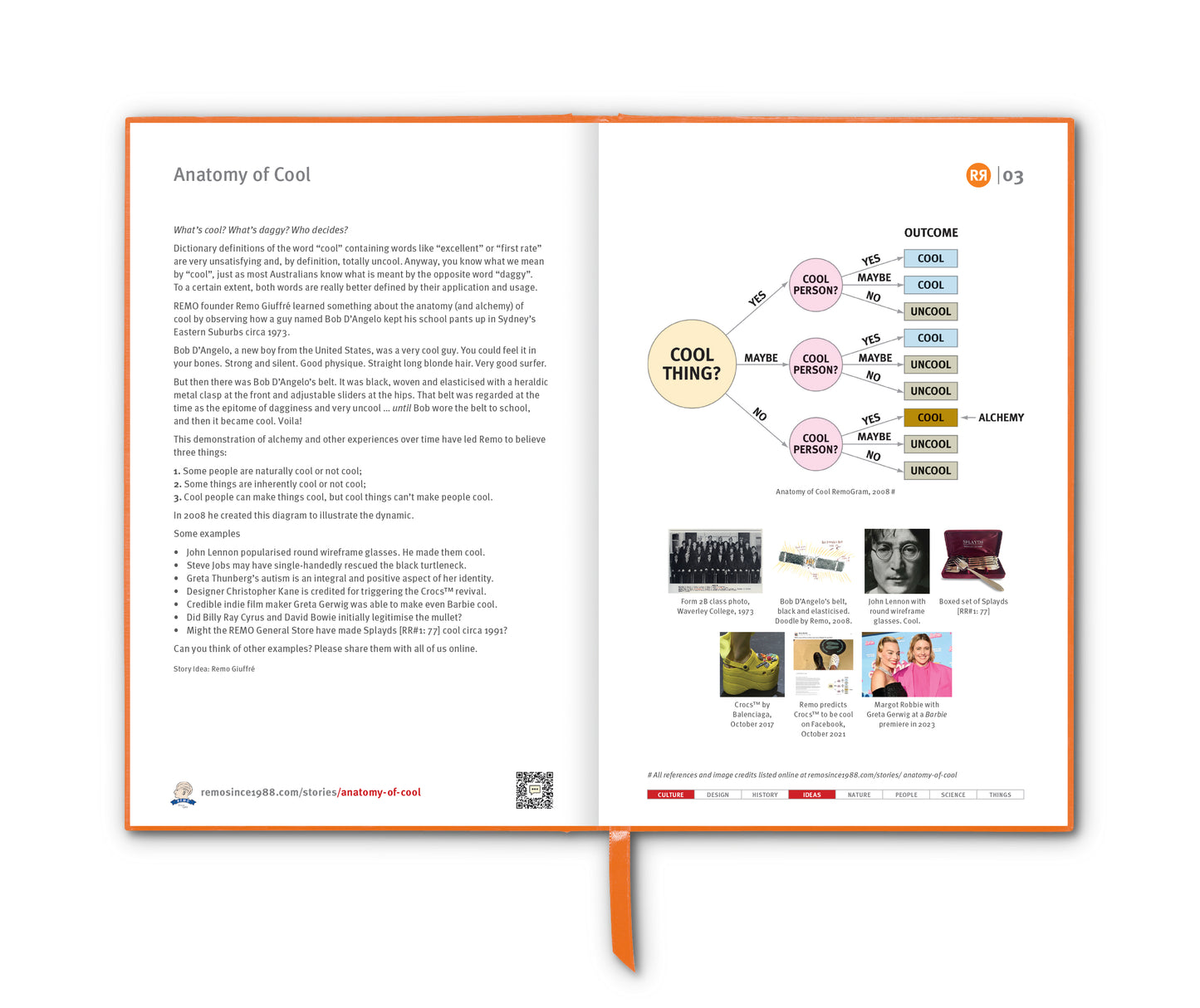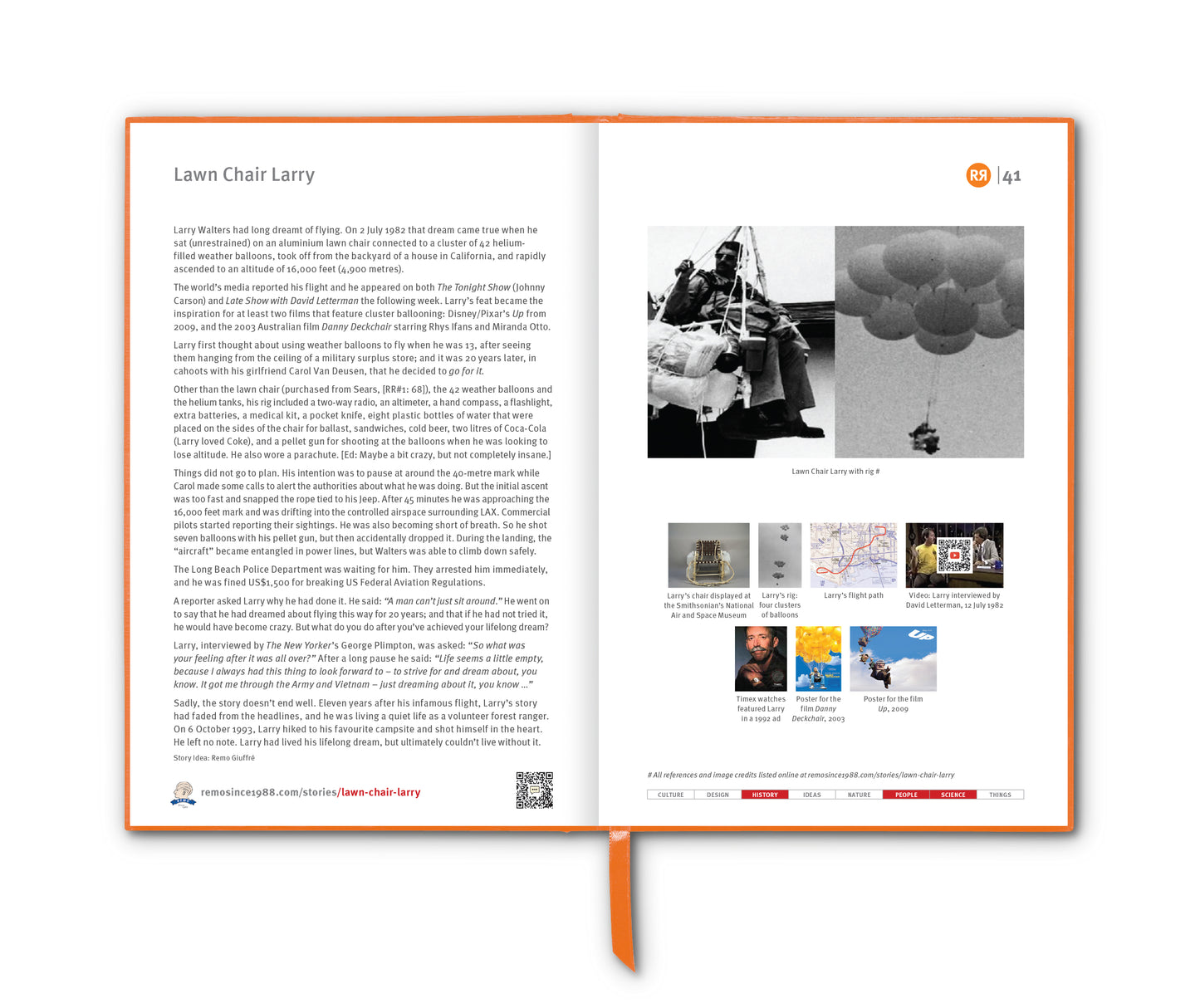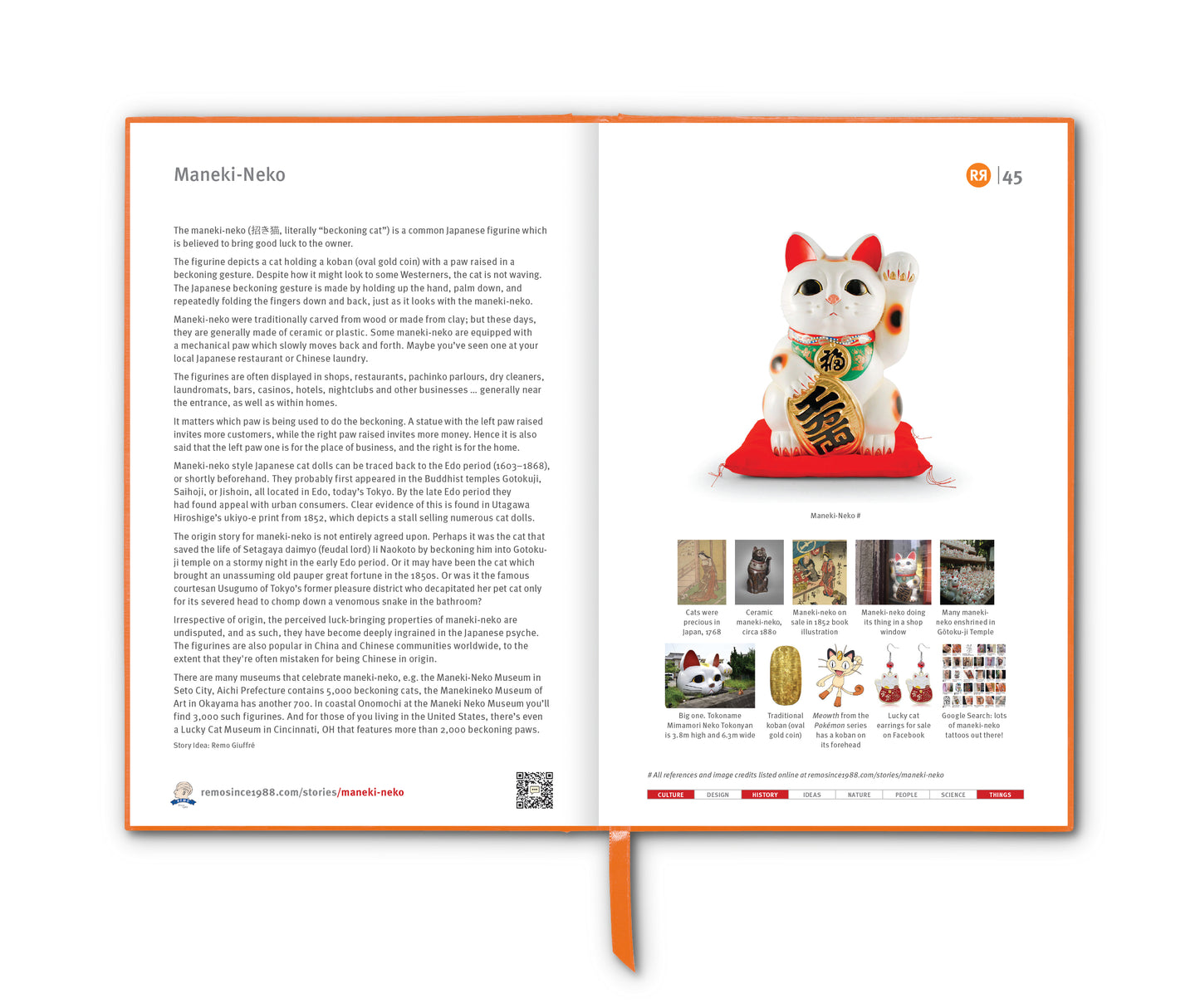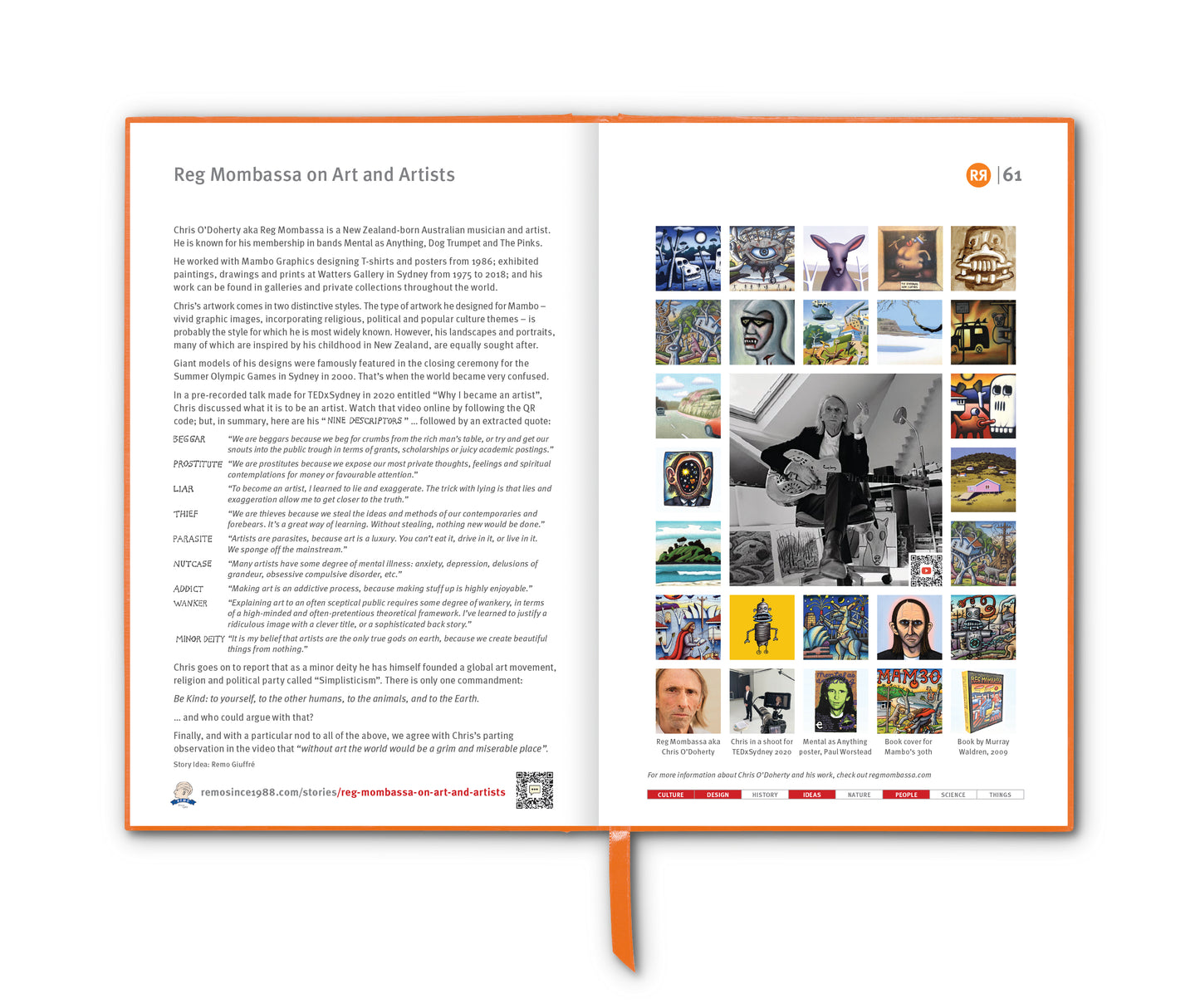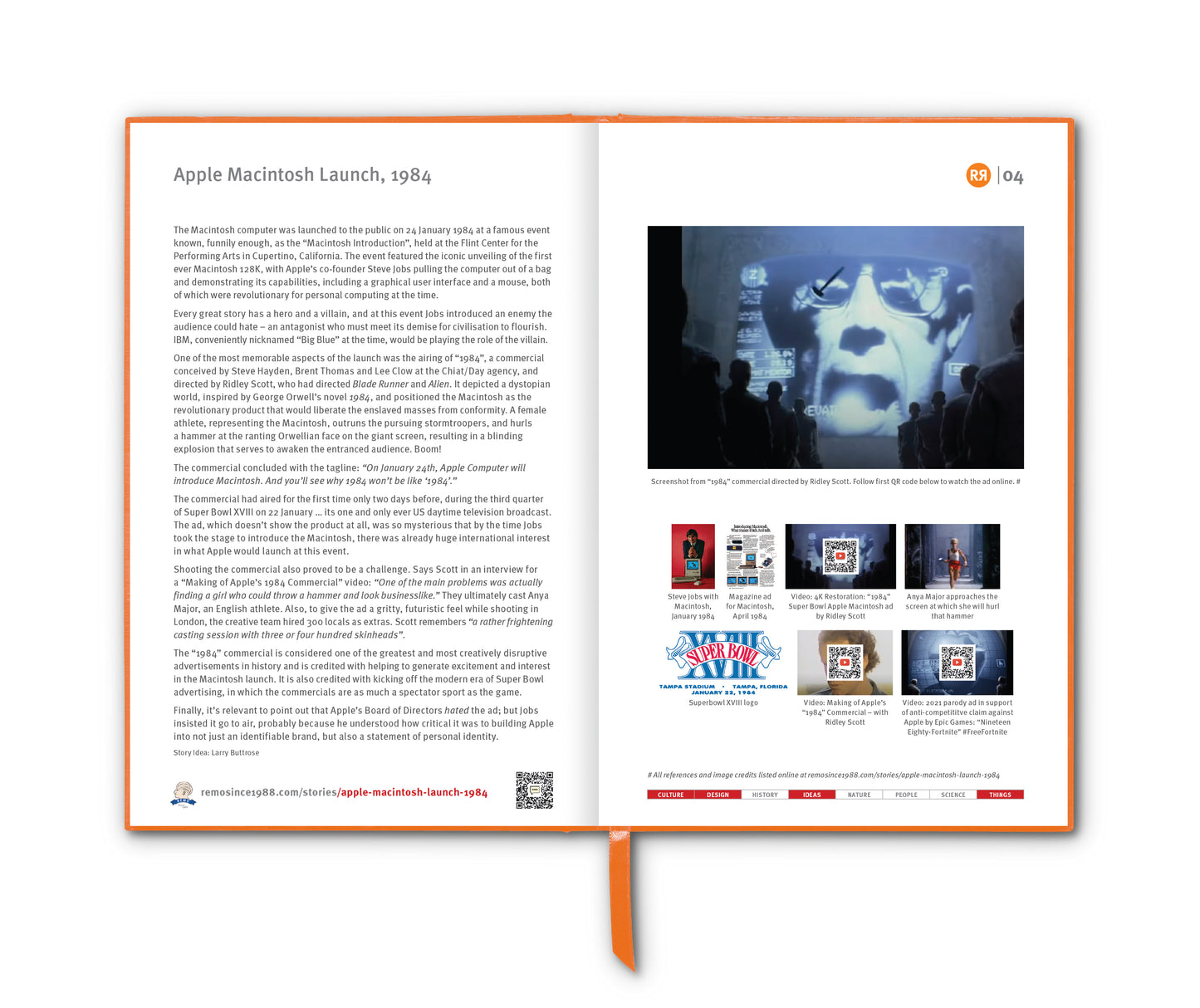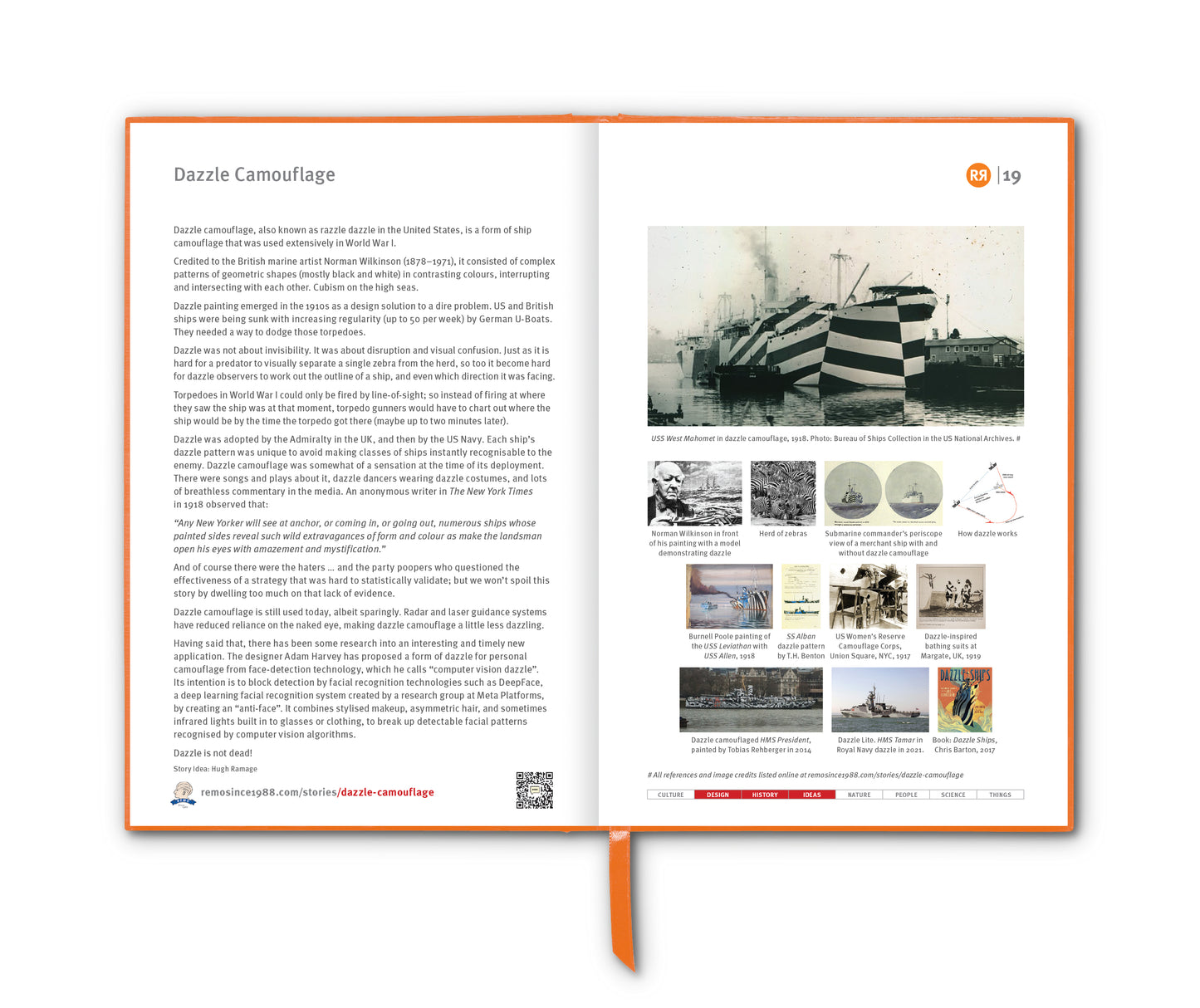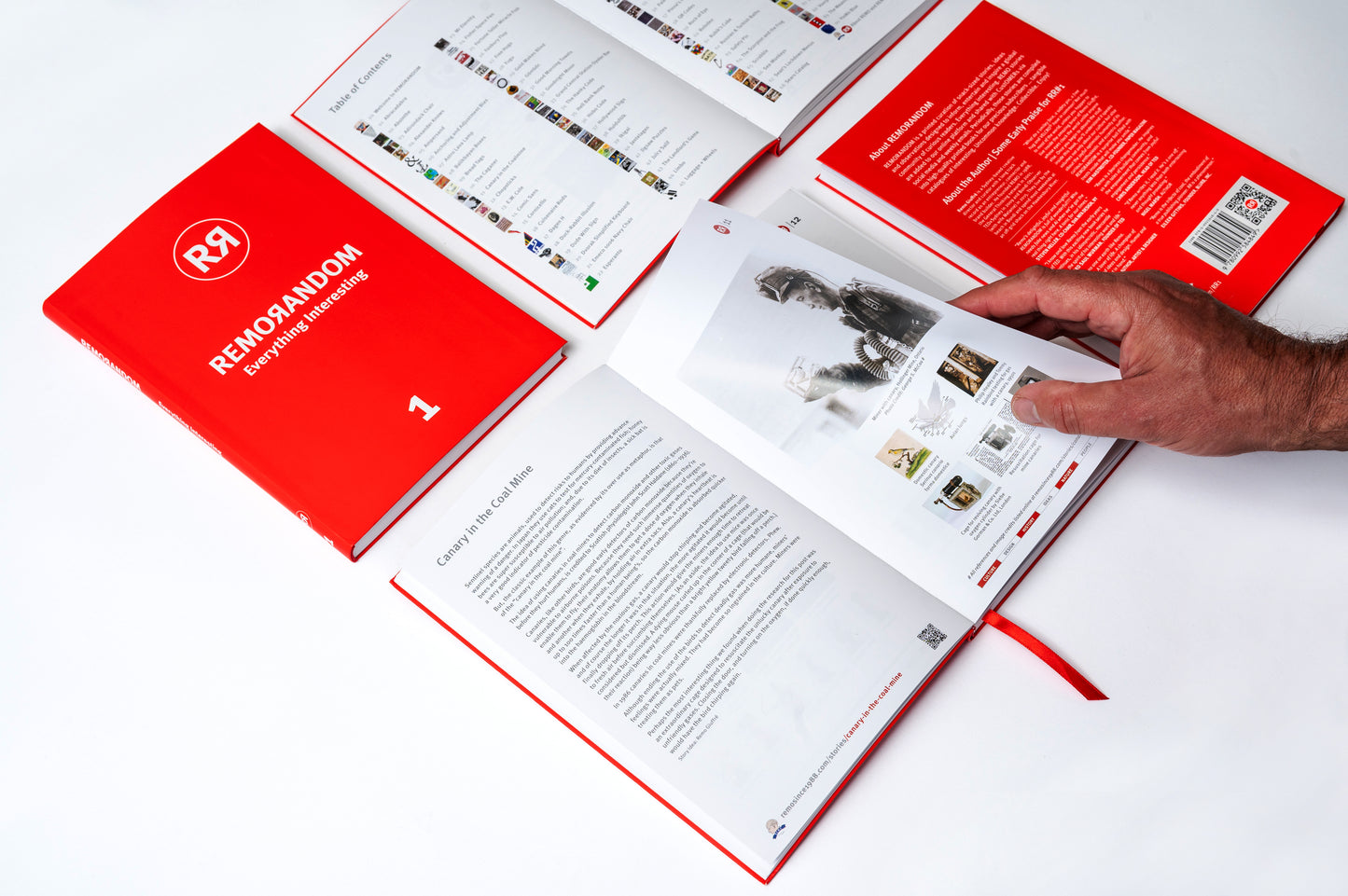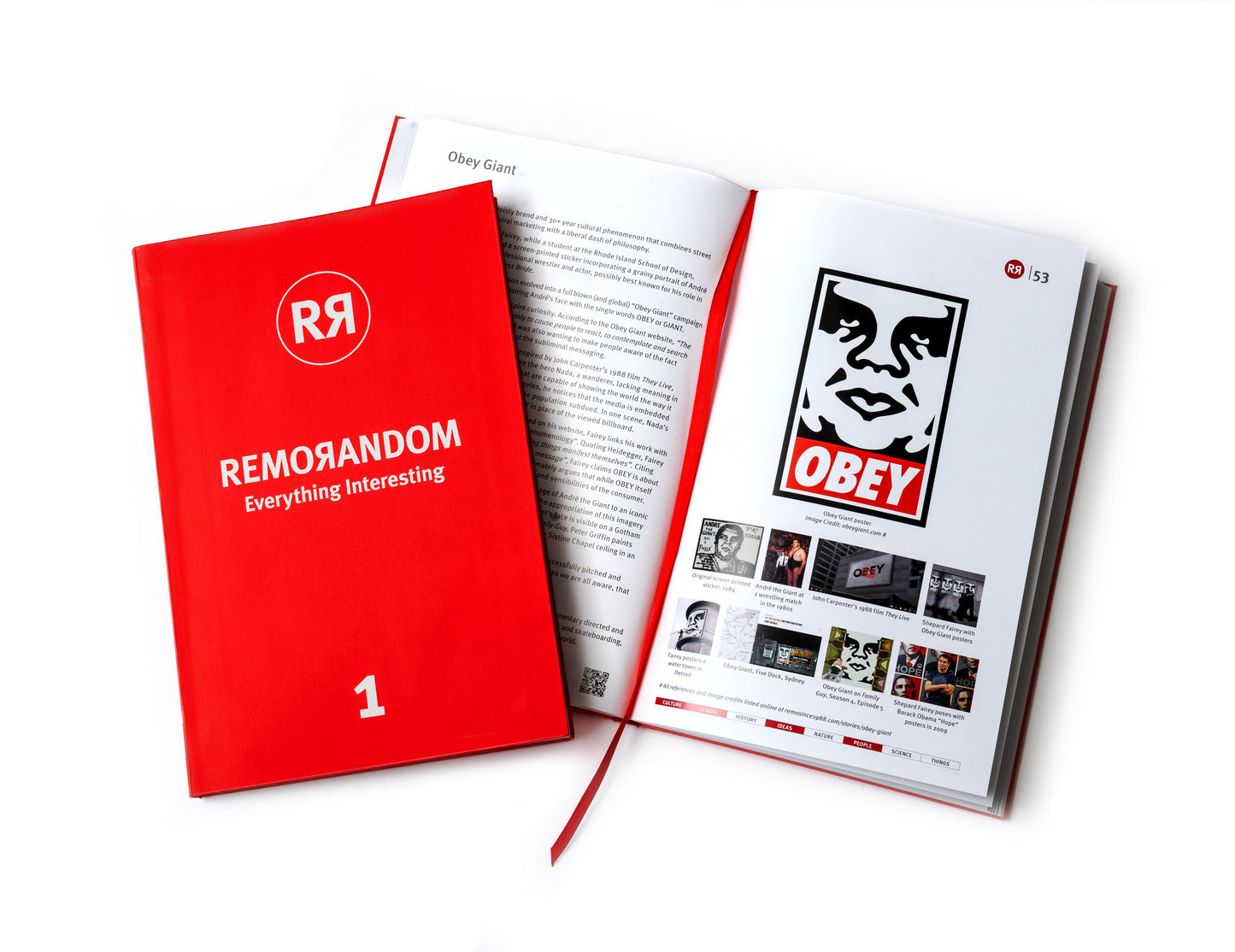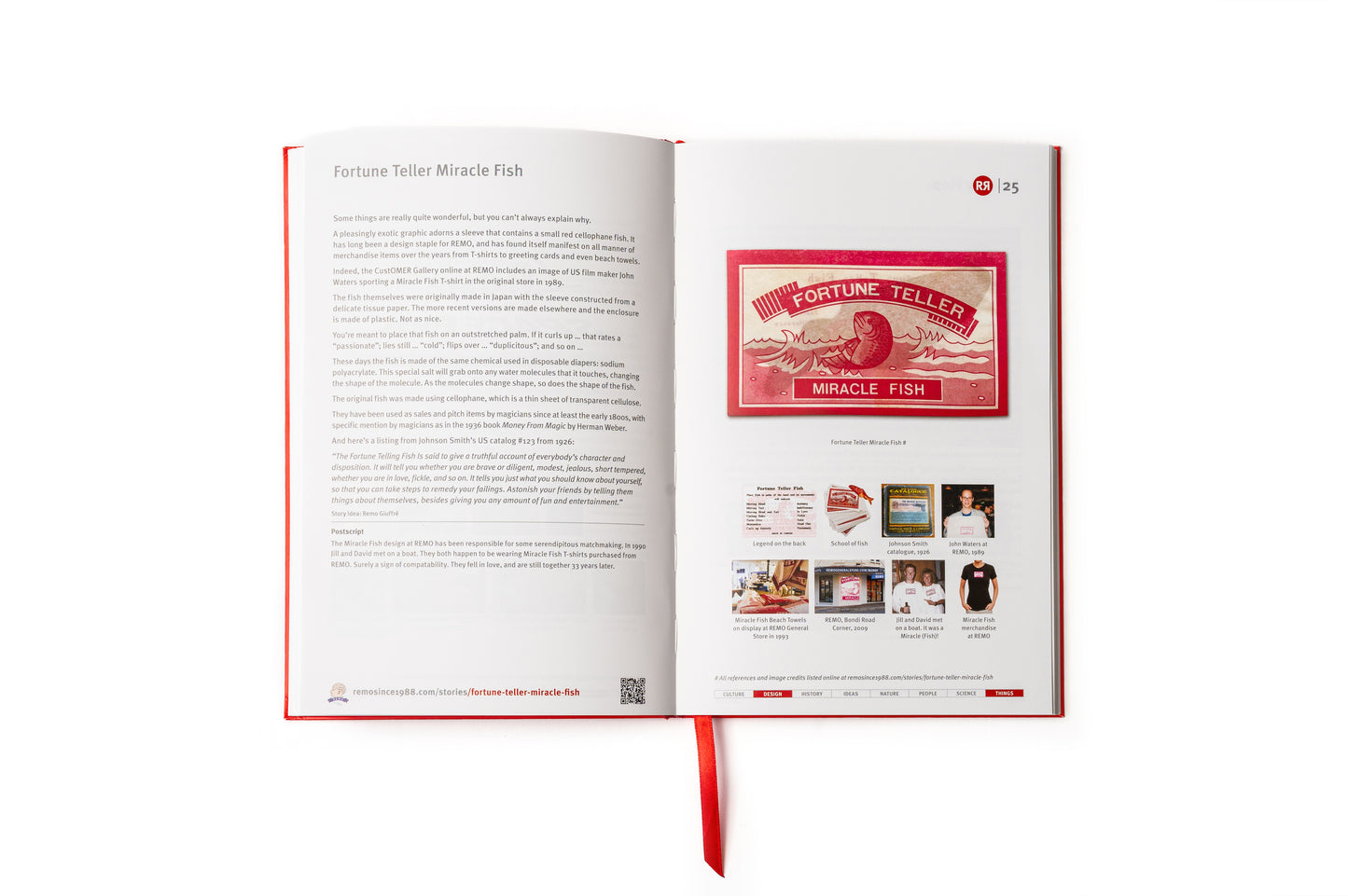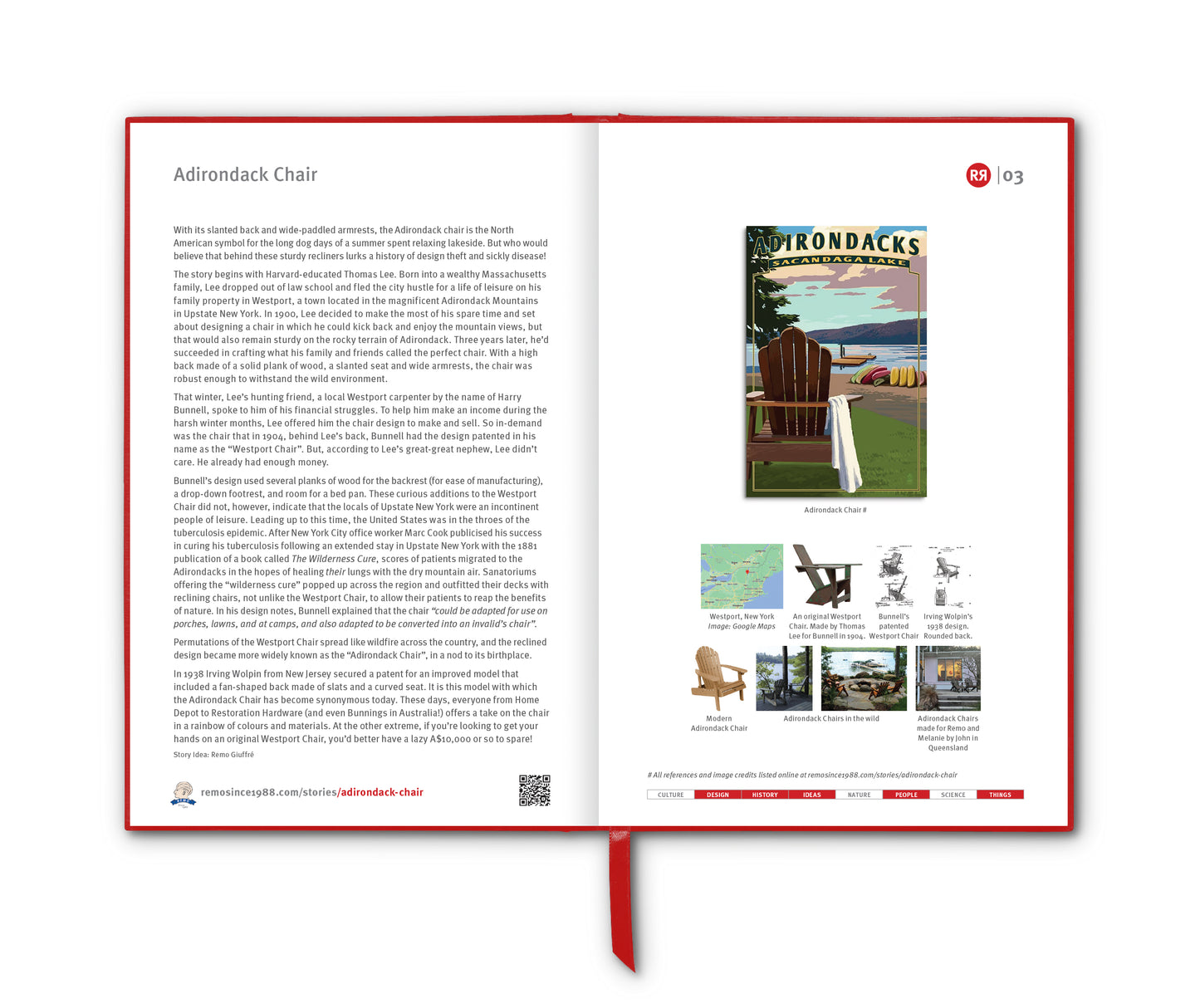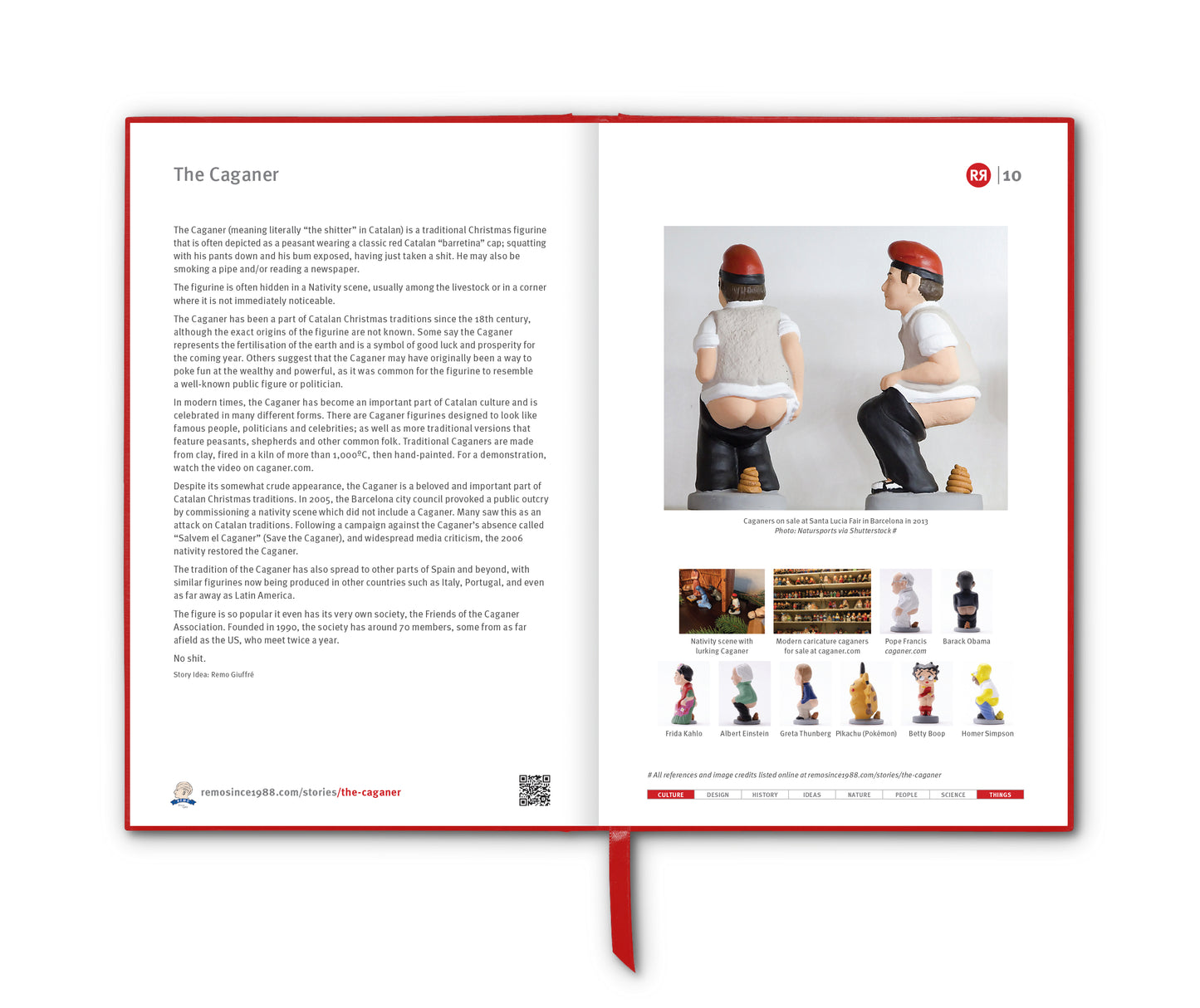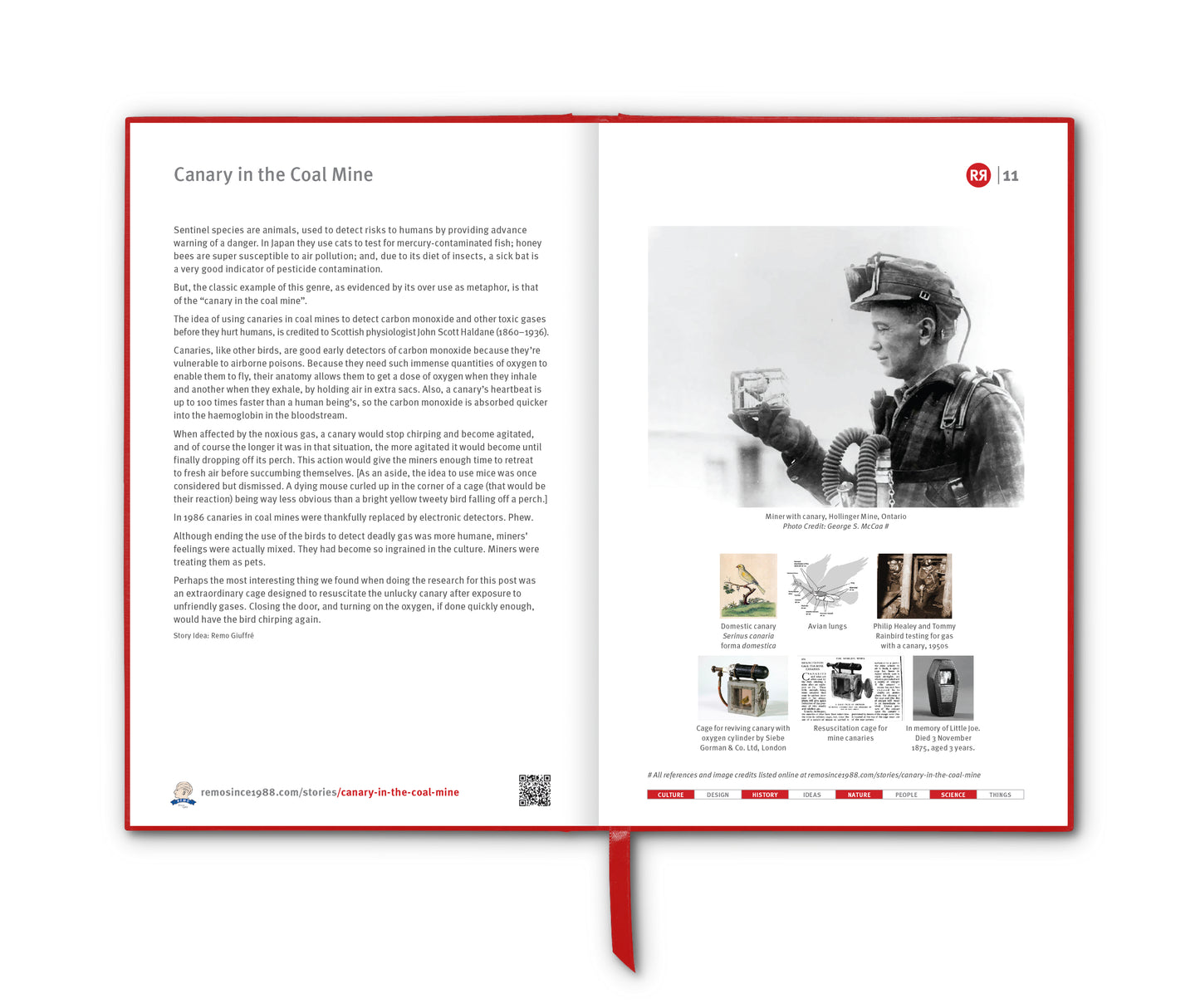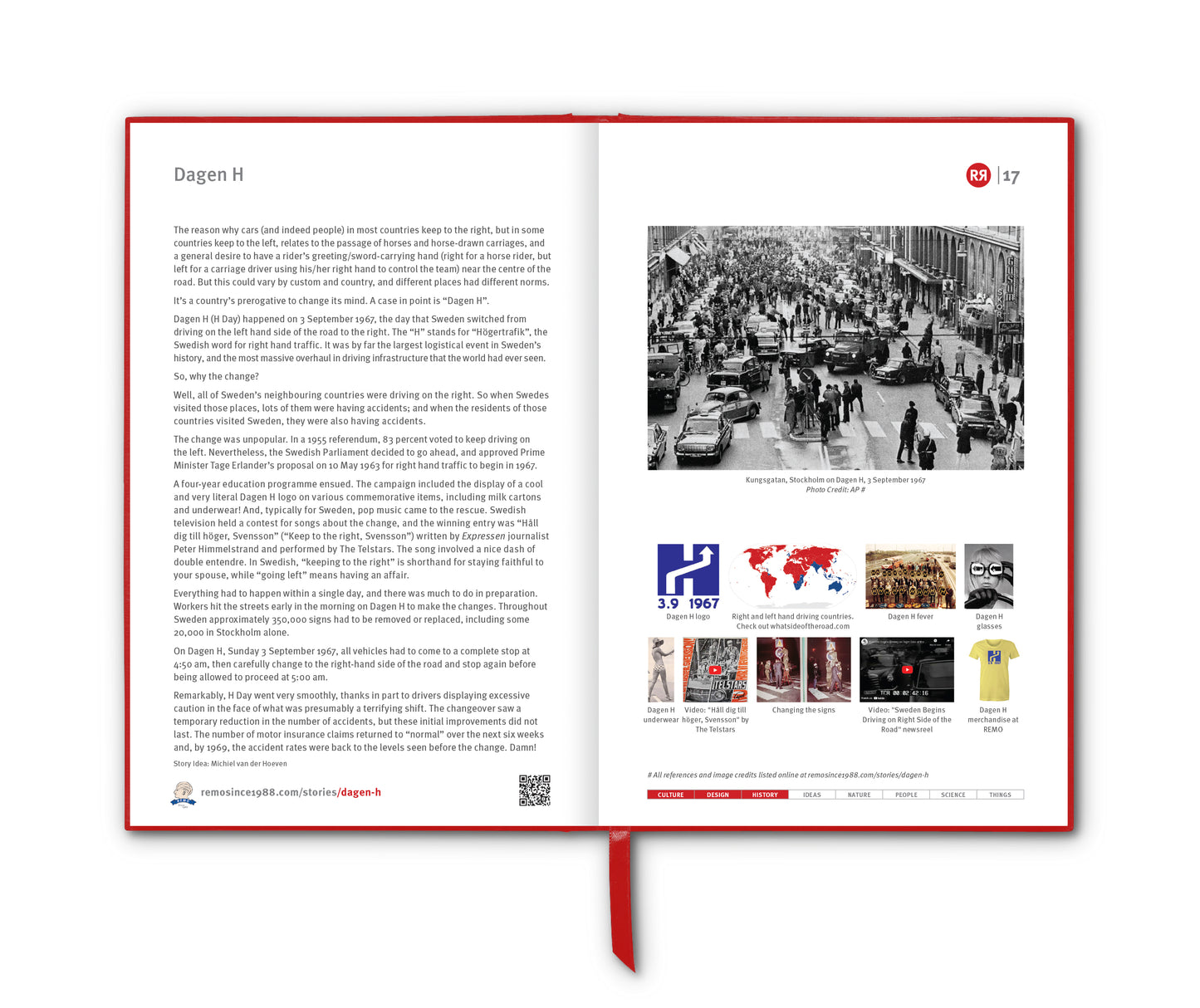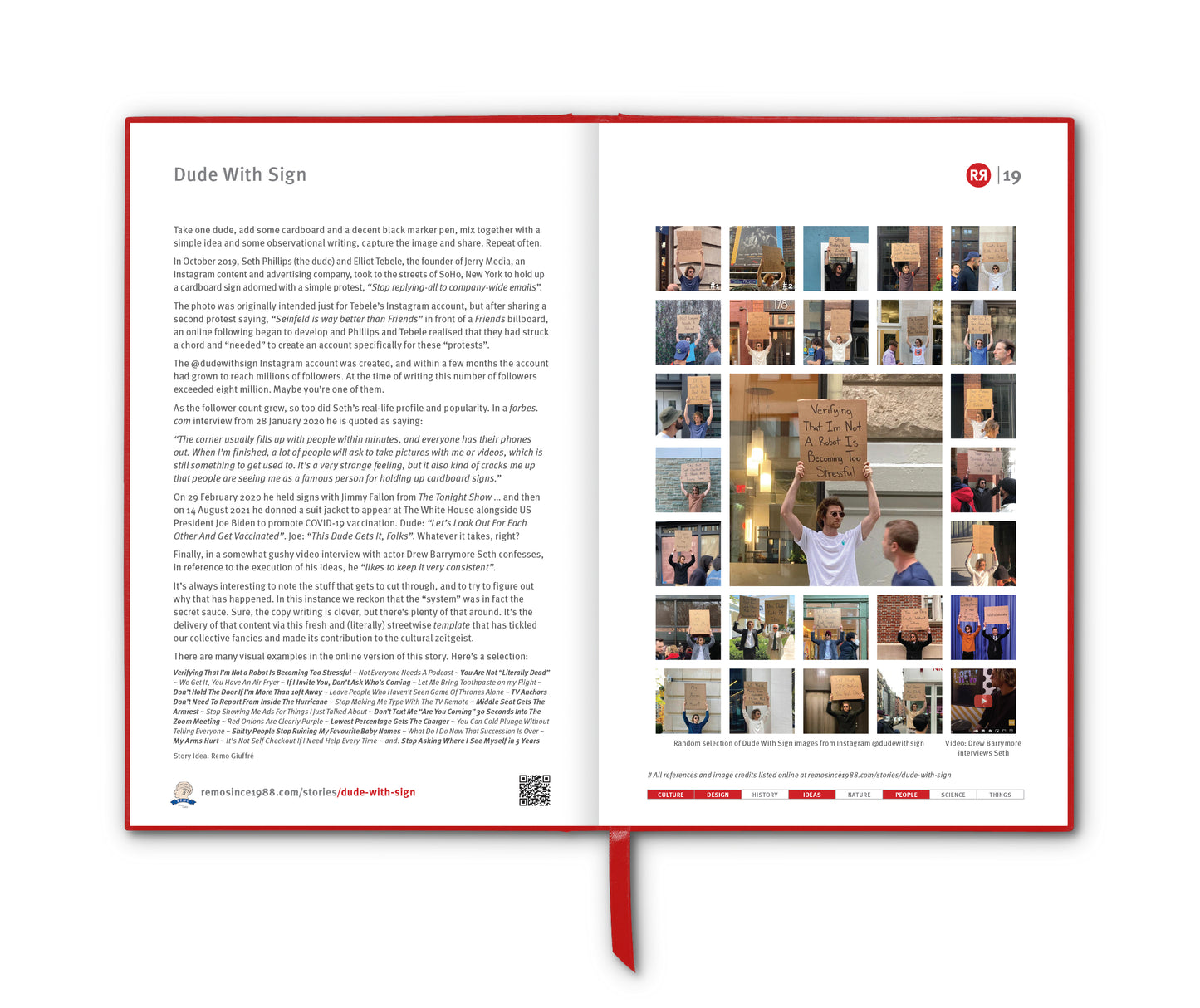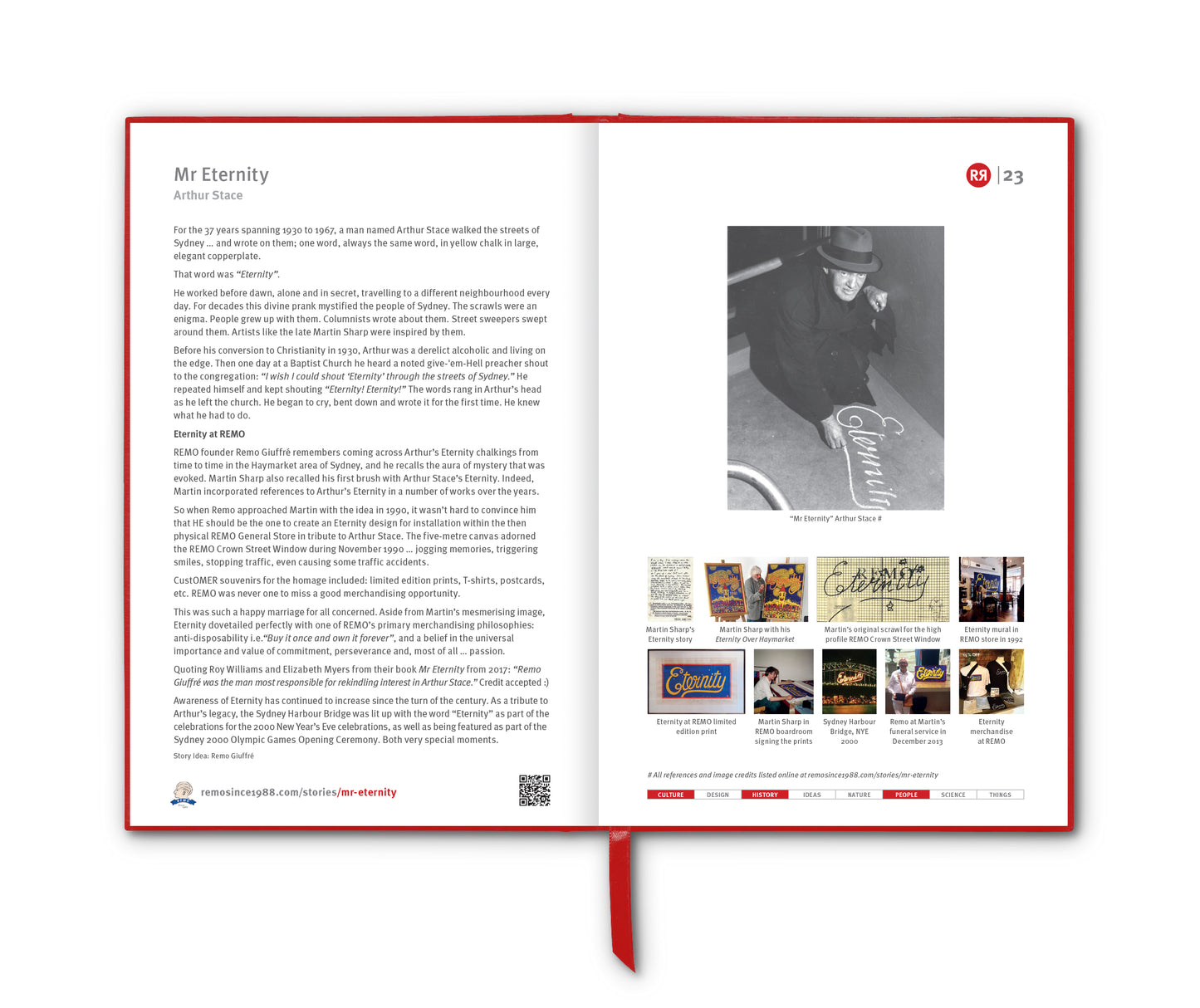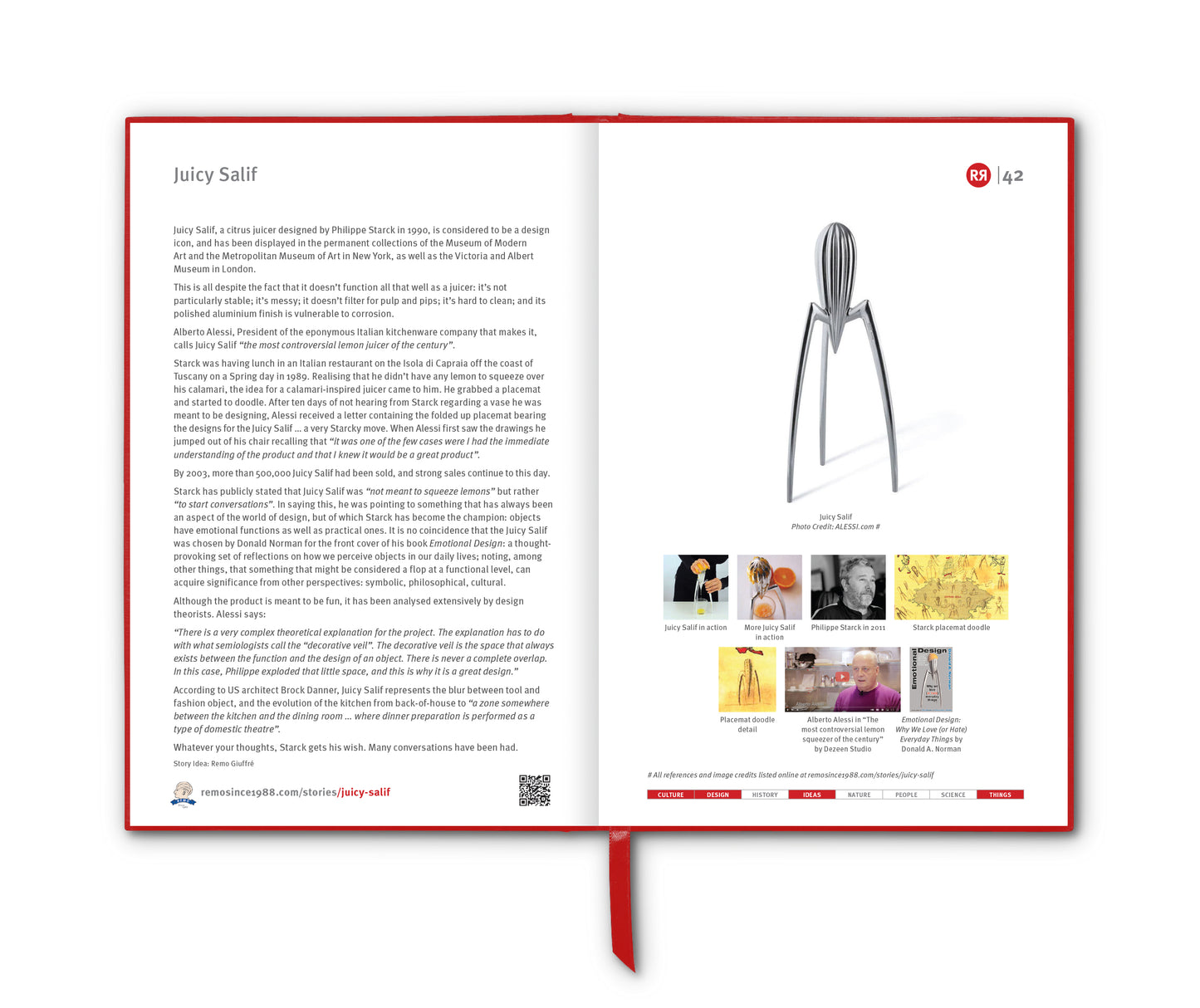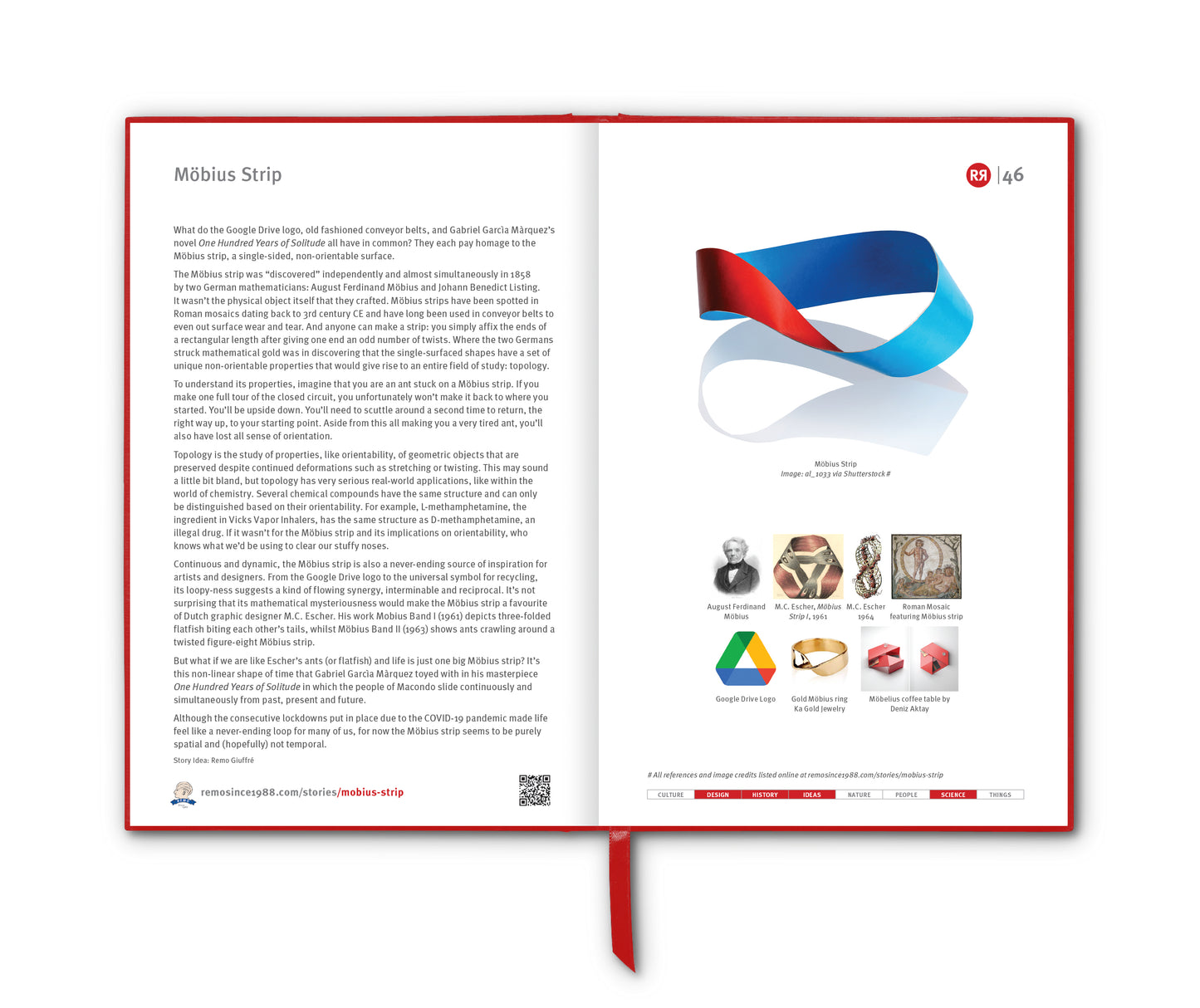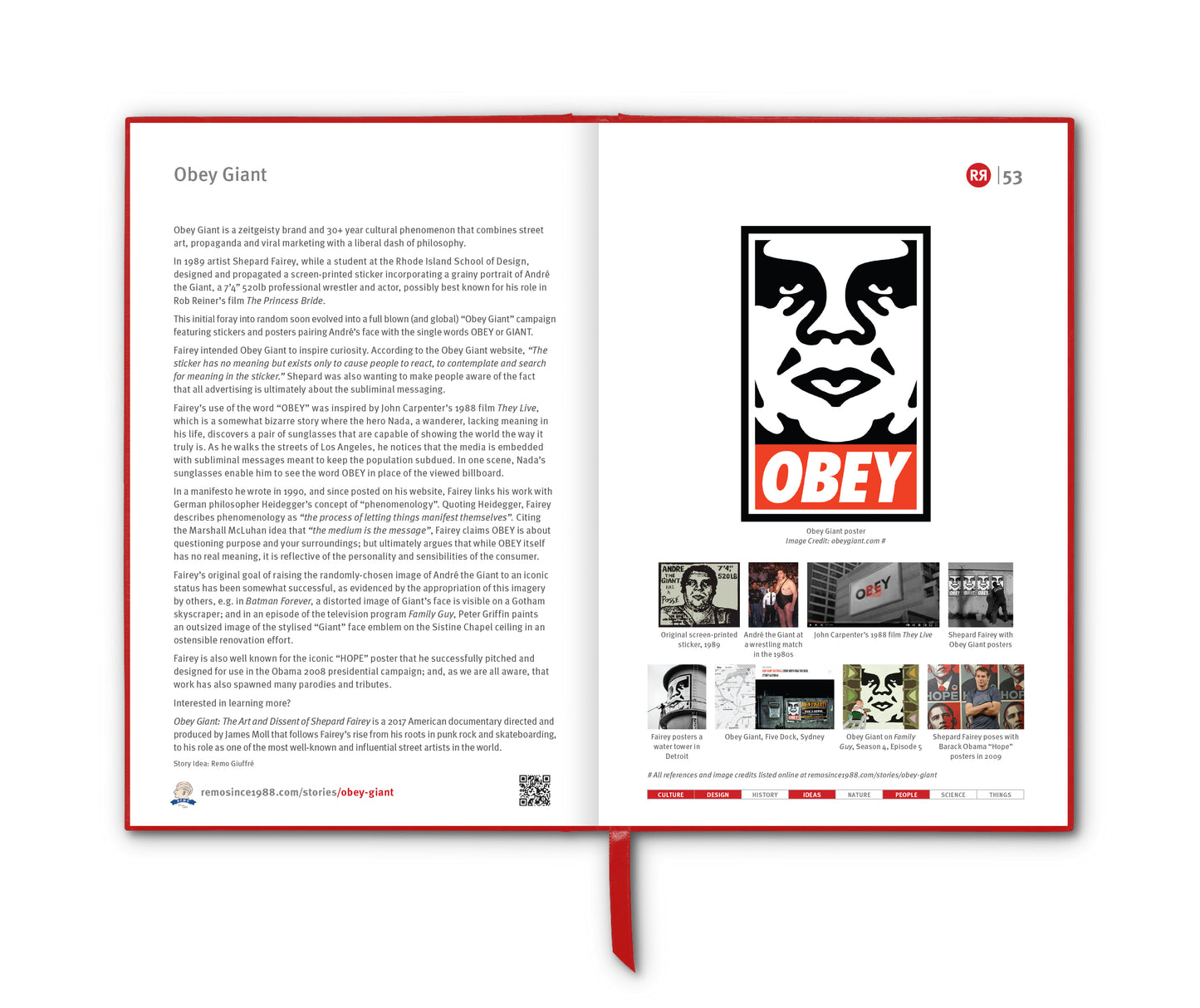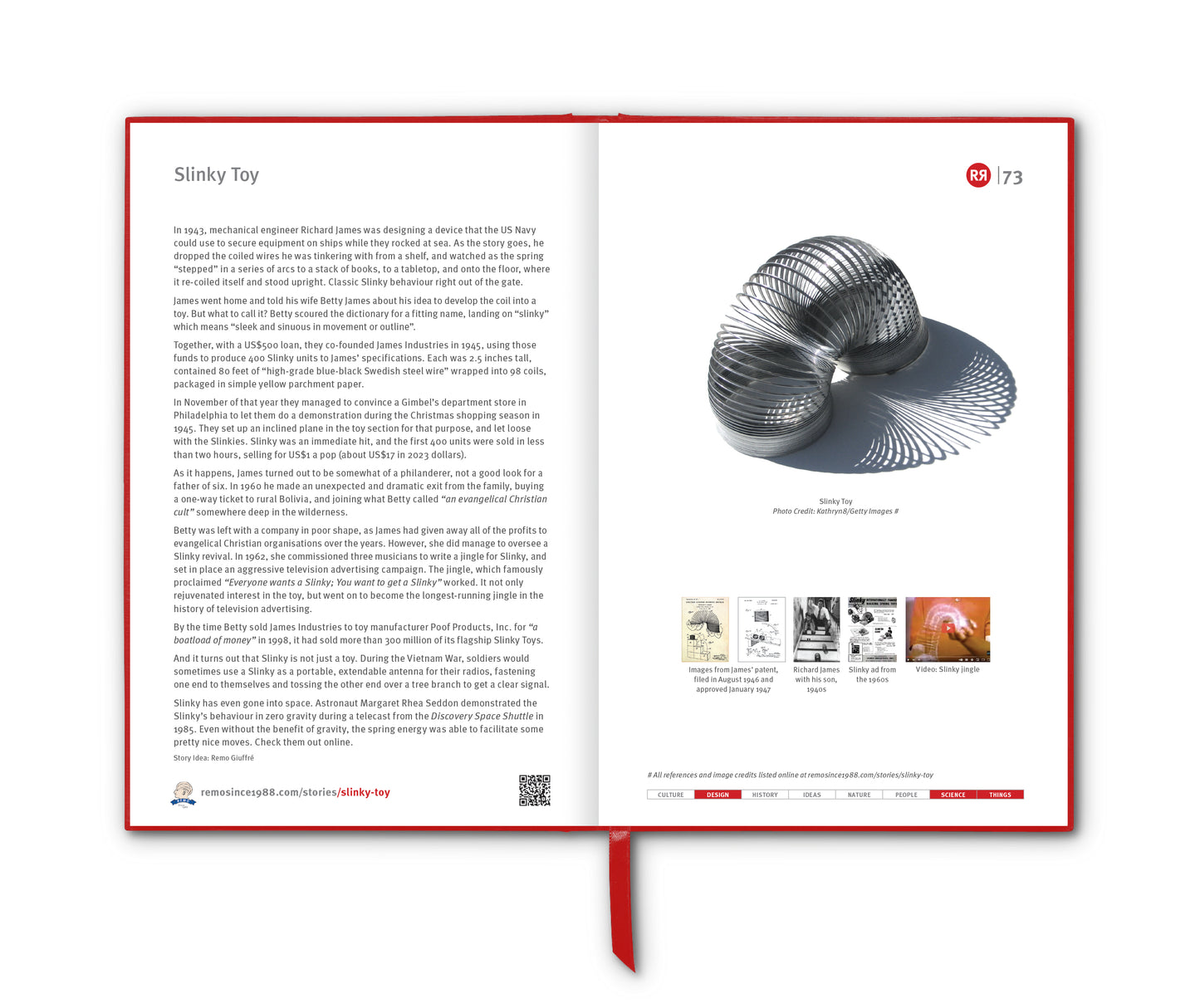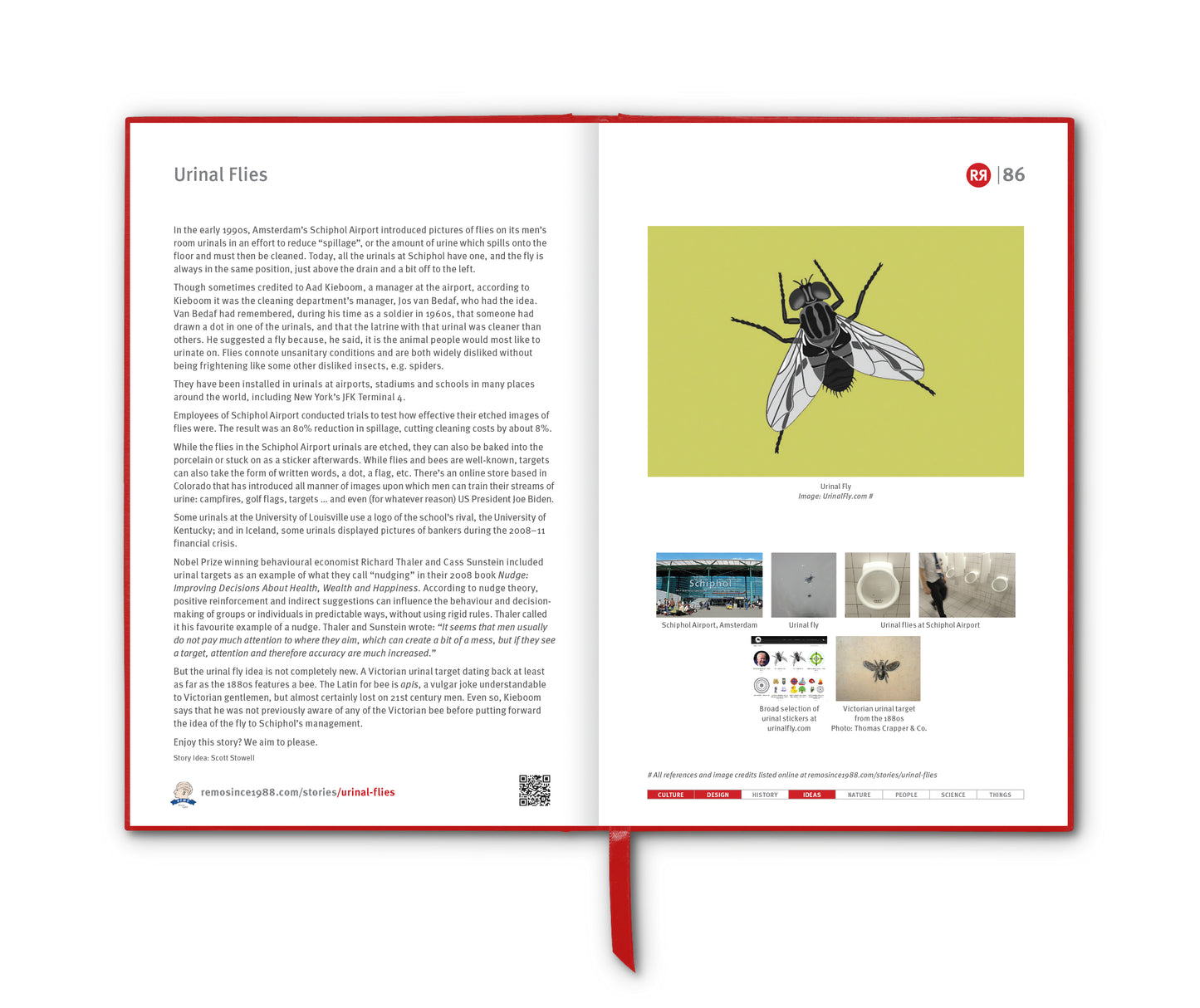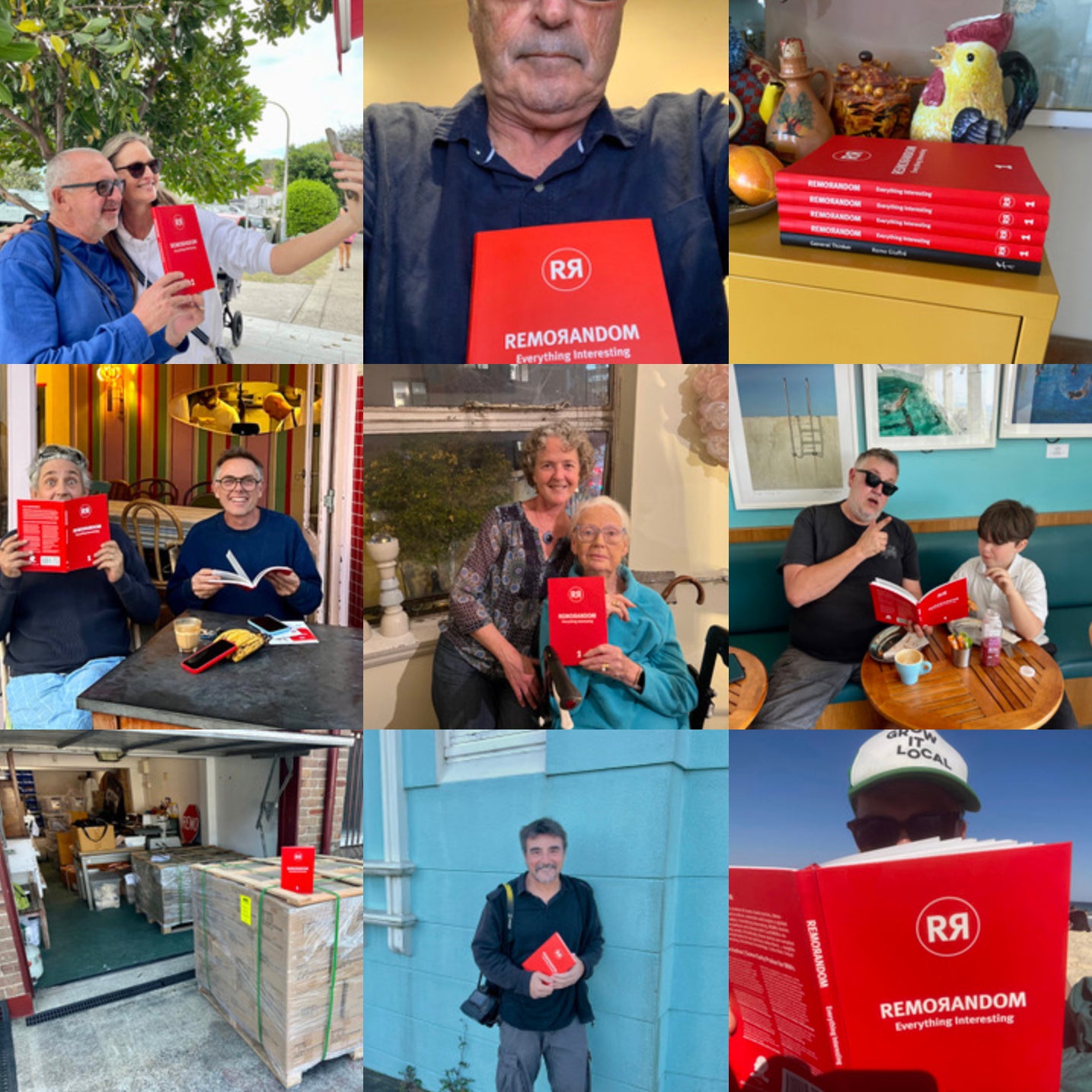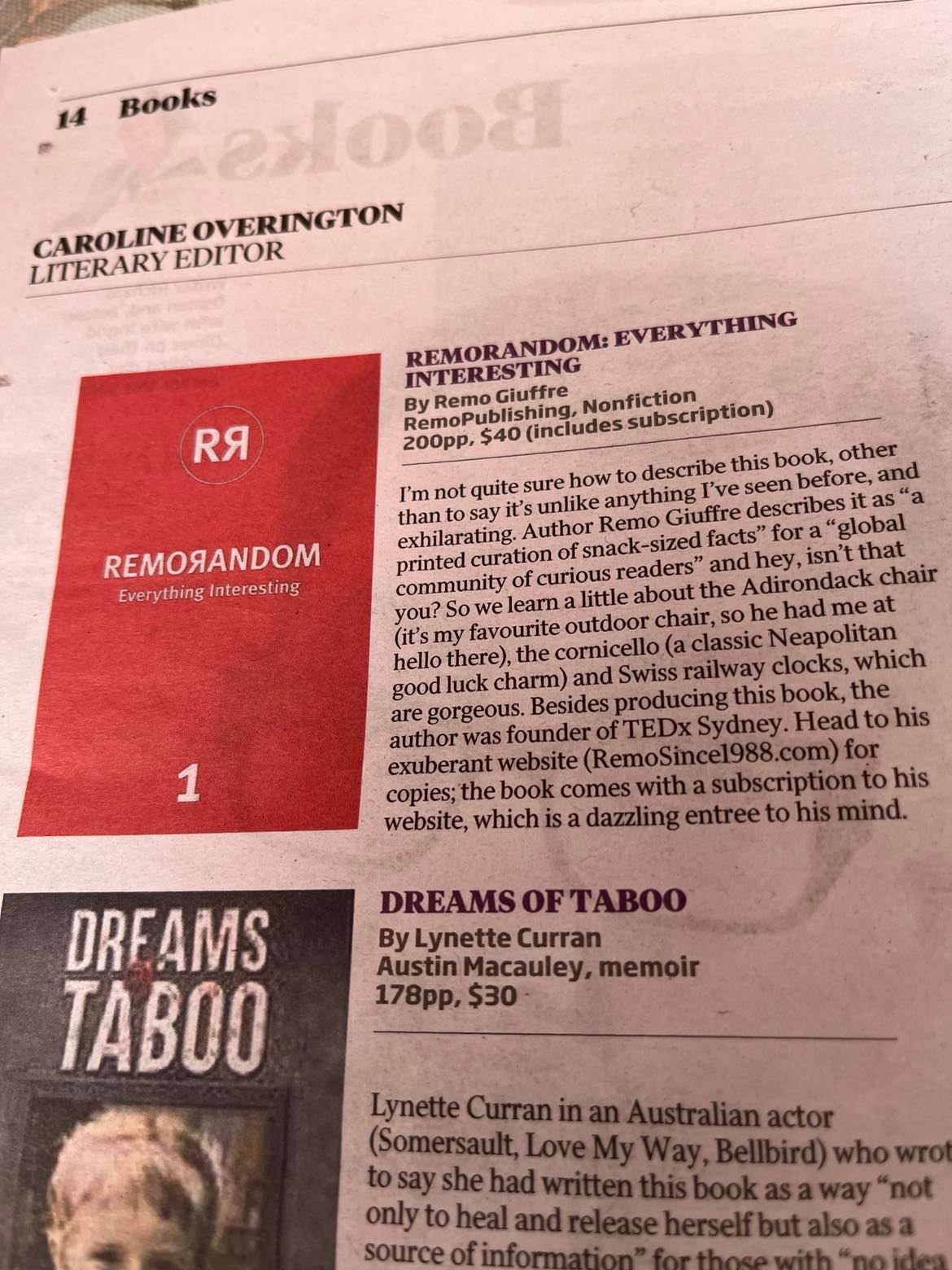Does it get any more American than a Zippo?
The classic Zippo lighter, with its distinctive “click” and windproof flame is an enduring symbol of American ingenuity, rebellion and culture. Born in 1932 during the Great Depression, the Zippo was the brainchild of George G. Blaisdell of Bradford, Pennsylvania. Inspired by a cumbersome Austrian lighter, Blaisdell redesigned it to be sleek, sturdy and operable with one hand. He named it “Zippo” because he liked the sound of the word “zipper,” which was a modern innovation at the time. On 3 March 1936, the US Patent Office granted a patent for the Zippo lighter.
The Zippo quickly became synonymous with reliability. Its simple metal casing, flint wheel ignition and refillable fuel chamber meant it worked in conditions where other lighters failed. Its windproof design made it a trusted companion for soldiers during World War II, where it garnered its legendary status. In fact, Zippo ceased civilian production during the war to focus entirely on producing lighters for the US military.
The Zippo became a symbol of camaraderie, survival and home for soldiers fighting in the trenches and jungles.
After the war, the Zippo lighter evolved into a canvas for personal expression. Soldiers engraved their lighters with messages, names or battle locations, a tradition that continued through the Vietnam War. These personalised lighters became artifacts of individual experience, blending mass production with personal storytelling.
The postwar era saw Zippo expand into the mainstream. It was featured in Hollywood films and became a staple of American masculinity. From James Dean in Rebel Without a Cause to Bruce Willis in Die Hard, the lighter flicked its way into cinematic lore.
Beyond pop culture, Zippo lighters became collectibles. The company began producing themed and limited-edition designs, from advertising logos to commemorative editions, creating a robust community of collectors worldwide. Zippo even launched its own museum in Bradford showcasing thousands of designs and celebrating its status as a design icon.
Despite the global decline in smoking, the Zippo persists – used to light candles, incense, campfires and yes, maybe even the occasional cigarette – just for old time’s sake.
In what is an increasingly disposable age, the Zippo’s commitment to permanence – it comes with a lifetime guarantee – is almost radical. “It works or we fix it free,” the company still says.
The opening and closing of a Zippo lighter generates one of the most recognisable sounds in the world. Opening the top lid produces an easily recognisable "clink" sound, and a different but similarly recognisable "clunk" when the lighter is closed. In 2018, Zippo announced that it had secured a sound trademark for its windproof lighter.
Today, the Zippo is less about fire and more about American culture and legacy.
________________________
References
zippo.com
wikipedia.org/wiki/Zippo
adweek.com/creativity/zippo-trademarks-its-signature-click-and-celebrates-by-going-all-in-on-asmr/
Images
1. Zippo lighter with original patent from 1936
2. George G. Blaisdell with a giant replica Zippo
3. Zippo's flint-wheel ignition
4. Zippo plant in Bradford PA, c. 1930–1945
5. WWII-era Zippo ad. Courtesy: Andy Handke
6. US soldier with Zippo
7. Soldiers-engraved Zippo lighters from the Vietnam war. Credit: twistedsifter.com
8. Bruce Willis in Die Hard, 1988
9. Uma Thurman in Pulp Fiction, 1994
10. The Zippo car was a converted 1947 Chrysler Saratoga





























